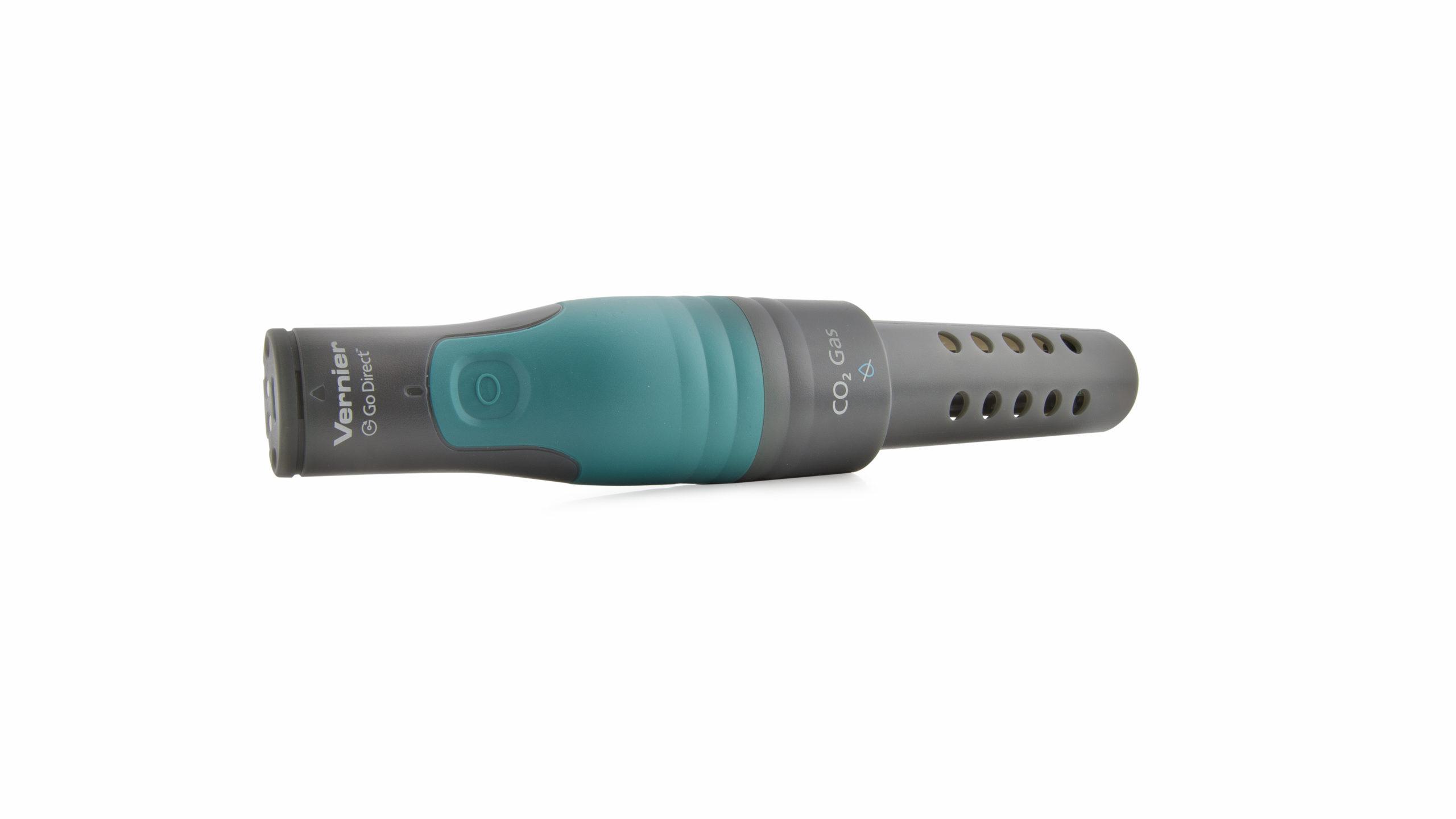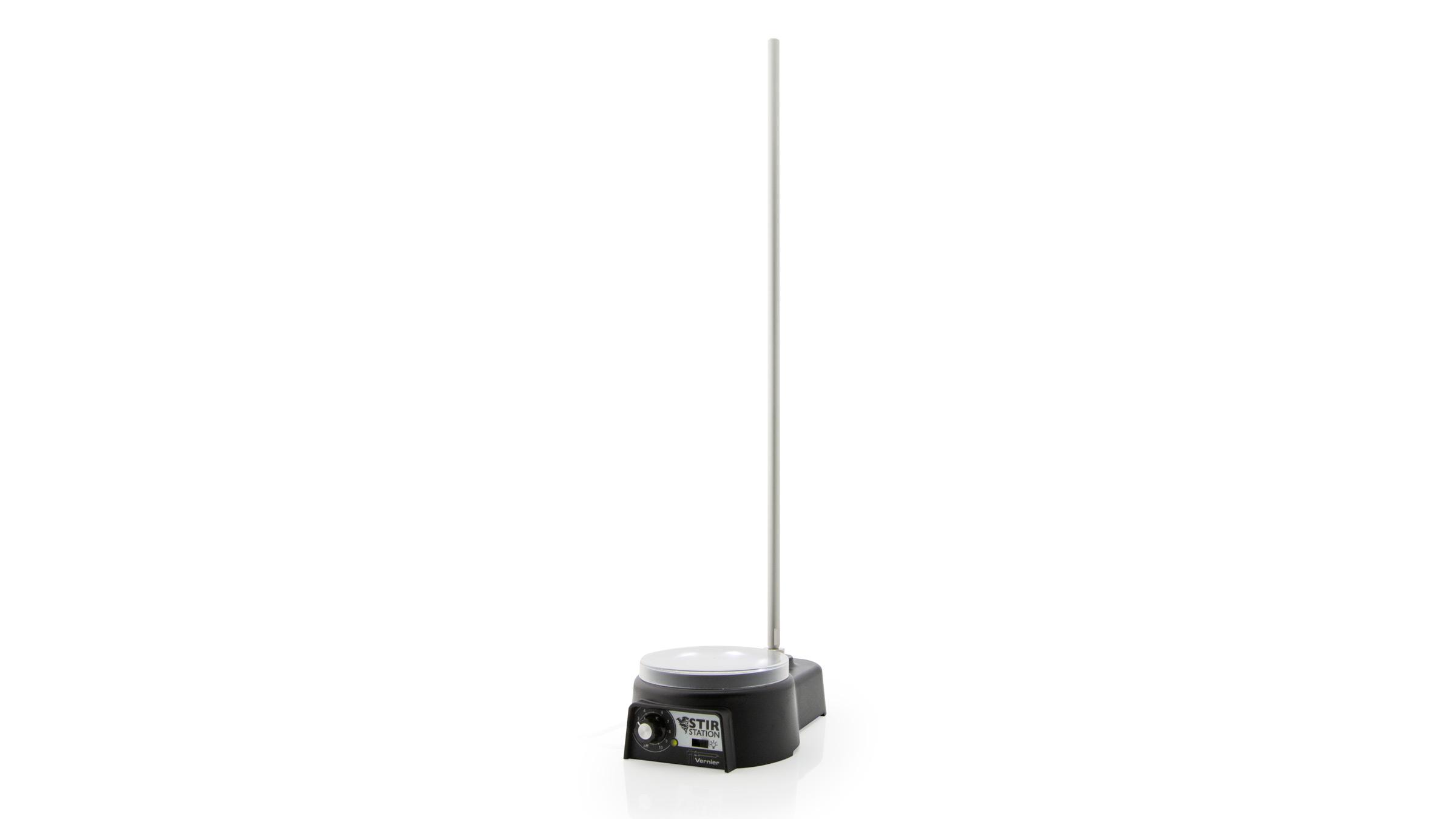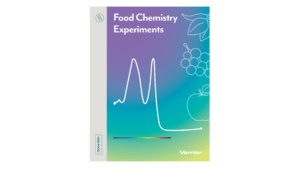Introduction
Fermentation typically refers to the chemical conversion of carbohydrates such as starches or sugars by beneficial bacteria, yeasts, or other microorganisms into alcohols and acids. For example, fermentation is used to produce the alcohol found in wine and beer as well as to create foods such as sauerkraut and yogurt in a process that produces lactic acid.
Fermentation also takes place in bread making. The yeast metabolize sugar and convert it into carbon dioxide (CO2) and ethanol. The production of CO2 causes the bread to rise and create bubbles in the dough. The reaction can be represented by the following equation:
C6H12O6 → 2 CH3CH2OH + 2 CO2 + energy
In this experiment, you will set up a fermentation chamber that will incorporate an ethanol sensor to measure ethanol production (Part I) and a CO2 gas sensor to measure the production of carbon dioxide (Part II). Using the data collected by these sensors, you will be able to monitor the yeast and determine the rate at which sugars are metabolized. By conducting trials with different sugars, you will determine if the type of sugar affects the fermentation process.
Objectives
- Monitor the ethanol production during fermentation.
- Monitor the CO2 production during fermentation.
- Determine the rate of fermentation by yeast while metabolizing different sugars.
Sensors and Equipment
This experiment features the following sensors and equipment. Additional equipment may be required.
Ready to Experiment?
Ask an Expert
Get answers to your questions about how to teach this experiment with our support team.
- Call toll-free: 888-837-6437
- Chat with Us
- Email support@vernier.com
Purchase the Lab Book
This experiment is #07 of Food Chemistry Experiments. The experiment in the book includes student instructions as well as instructor information for set up, helpful hints, and sample graphs and data.




